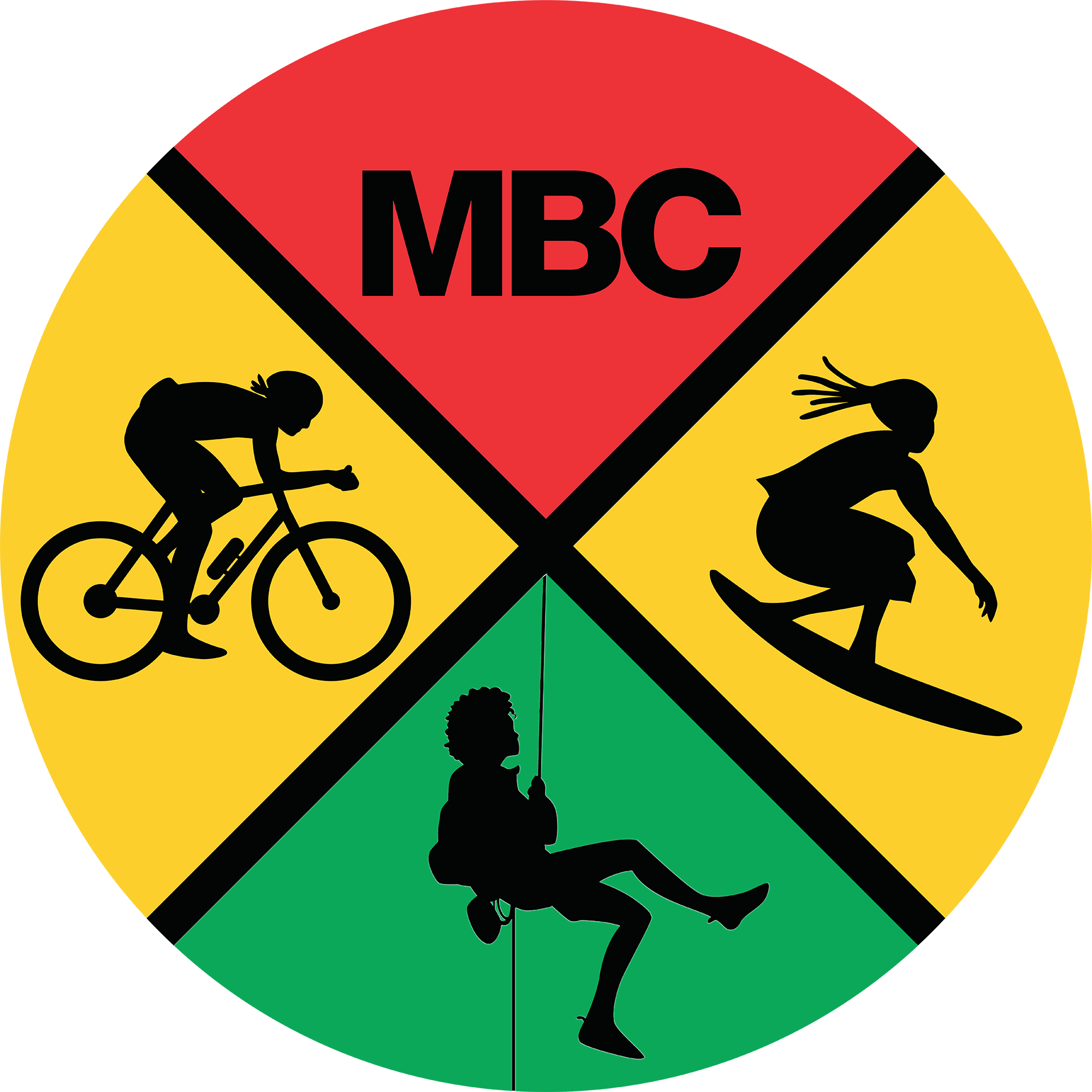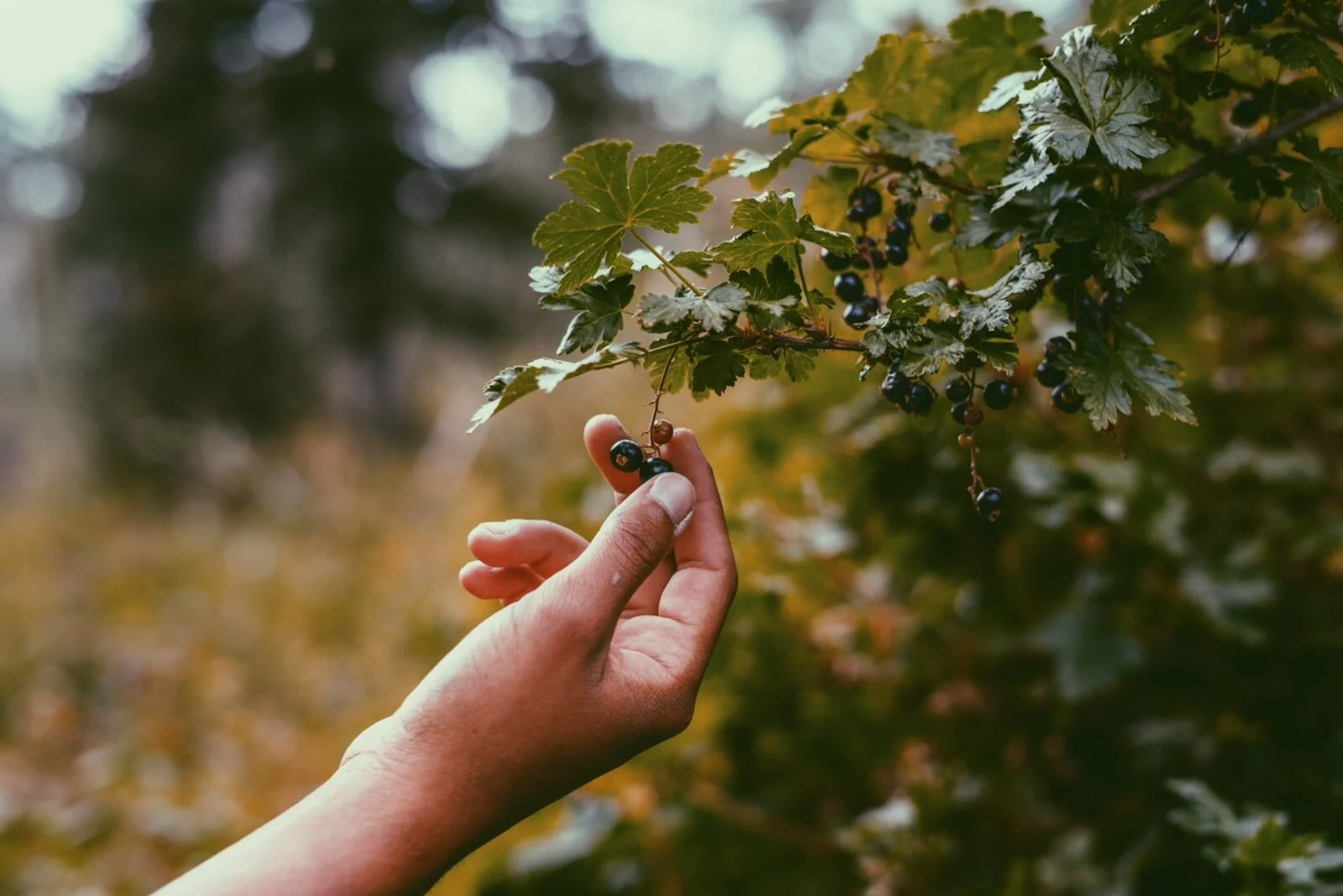Connect with BIPOC nonprofits, affinity groups, scholarships and meetups in your local area.
Read MoreSharing your story helps increase the visibility of people of color within outdoor spaces and media. Here are three tips to help you craft an empowering personal narrative.
Read MoreHere are a five ways to help you elevate your diversity, equity, and inclusion (DEI) work to the next level.
Read MoreMost of us agree that language matters, names matter. Agreeing on which ones best represent our communities is a different story; especially when the only constant seems to be change.
Read MoreI love supporting those who are doing the hard work of integrating outdoor spaces that have long been predominantly white by design, however, it’s time we acknowledge that being “the only one” can be a challenging and isolating experience. Here are three reasons why:
Read MoreThe experience made me reflect on why it is so important to have honest discussions about barriers that limit access to our outdoor communities, to include the financial cost of entry. So here are four easy ways to help build a more accessible outdoors.
Read MoreMany people have tried to teach me how to do dynos. But for someone like me, who struggles with movement, my brain can’t make my body follow their directions. Then my climbing partner gave me a power spot and everything changed!
Read MoreFive Asian American-led outdoor groups that are helping reshape the industry.
Read MoreEveryone should have access to wild foods and medicines, but not at the expense of Black, Indigenous people of color. So how can we uplift these communities instead of erasing them?
Read MoreBecoming a mountain biker meant occupying a one-size-fits-all identity. It was difficult. If you are brown or different in any way from the white, male, able bodied athletes promoted by major brands, your task is to assimilate.
Read MoreIn the past year, I learned the importance of a good spotter. Having a good relationship with your spotter can give you the confidence to try difficult moves high off the ground.
Read MoreWe so often focus on reasons why Black people should try outdoor adventure sports. Here are a few reasons why you shouldn’t, or why you should at least be careful about who you try them with.
Read MoreEight outdoorsy Black, Indigenous and People of Color (BIPOC) share their mental health stories.
Read MoreIt’s so hard to find an opening to talk about mental health and our mental well-being. Maybe it goes along with the pronouns: “I’m Amy, my pronouns are she/her and I have anxiety and depression.”
Read More“Dealing with mental health issues and having to constantly put on a mask and code switch to survive in a place that’s outside of my culture—all while being one of a handful of Black people in my field—has been stressful.”
Read More“Then it was bad. It’s very normal for people with bipolar to be misdiagnosed with severe depression and to be put on antidepressants, but because the medication doesn’t address the mania, it can be really harmful.”
Read More“For most of my life, [bipolar disorder] always felt like a dark, shameful secret, like a big flaw. Then I hit my mid-thirties and was like, screw it, I’m done. I don’t want to pretend any more.”
Read More“Coming from a background where my parents didn’t really believe in mental illness meant I didn’t get the help I needed until I sought it myself,” said Jessica, an Asian American skydiver from California’s Central Coast.
Read More“People like to say, ‘ponte las pilas’, or just make it work. But it’s not just about survival anymore, it’s also about making sure we’re taking care of our health.”
Read More“I wish the outdoors were more accessible to people of color,” said Thando. “We definitely experience mental health issues at a higher rate because of our experience living in this country.”
Read More




















